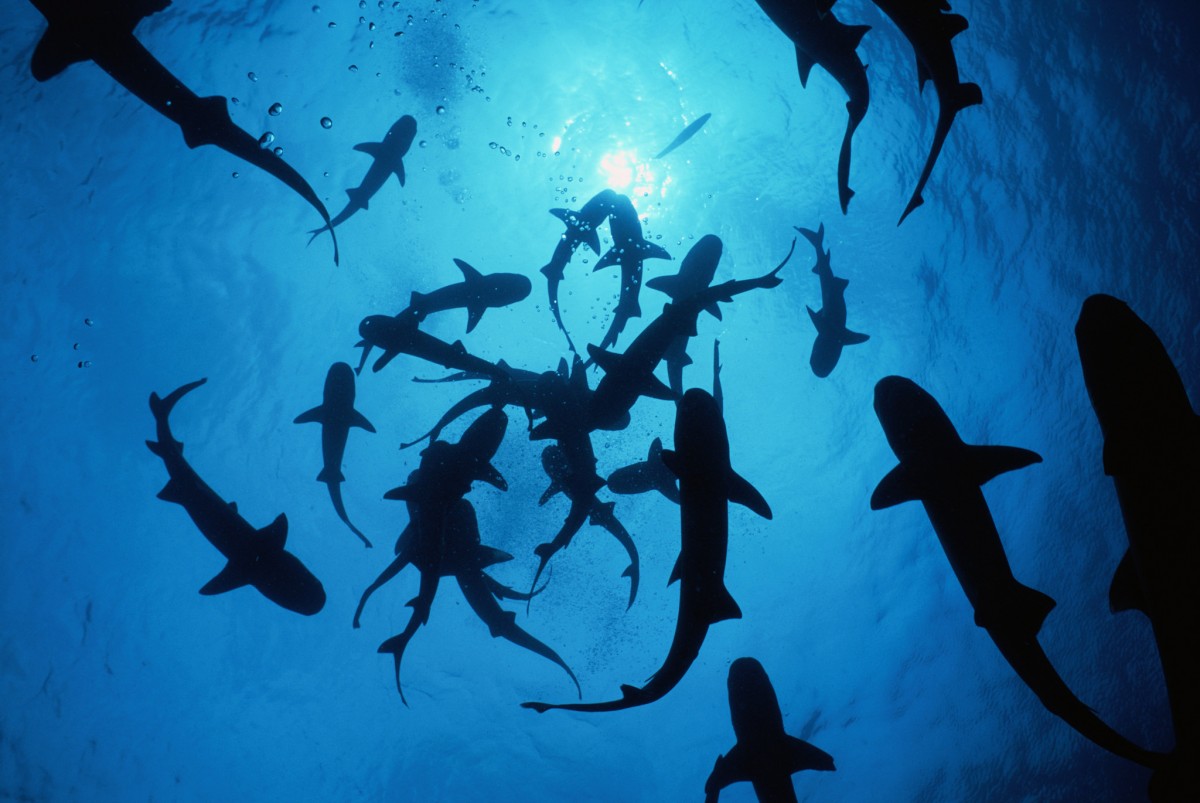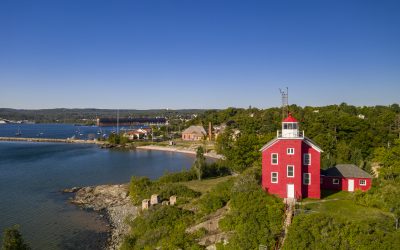A successful strategy for place marketers needs to focus on value innovation. Blue Ocean Strategy offers a way to do this, and could be an eye-opening concept for those seeking to differentiate their destinations effectively.
Most strategists will agree that marketing and business are all about making hard choices. People often think in terms of binaries – from the ones or zeroes that create computer code to the decisions a marketer makes as they strategize. As the Danish philosopher Søren Kierkegaard wrote in his famous book Either/Or: “I see it all perfectly; there are two possible situations — one can either do this or that.” Economist and business strategist Michael Porter frames the choices marketers must make by theorizing that successful businesses are either low-cost providers or differentiators. Those who don’t choose between these two strategies then become stuck in the middle and will disappear.
The problem with this theory is that many markets will only allow a few businesses to claim their space as a true cost leader or differentiator. Even if a business makes choices to avoid getting stuck, they risk being swallowed up by their market.
This type of highly competitive market is called a red ocean. A small group of sharks dominates these markets as the leaders, and all the competitors become bait.
“In blue oceans, businesses create demand rather than fight over it.”
In their 2005 book, “Blue Ocean Strategy,” authors Renée Mauborgne and W. Chan Kim observe that companies tend to engage in head-to-head competition in search of sustained, profitable growth. Yet in today’s overcrowded industries, head-on competition results only in a fierce red ocean of rivals who fight over a shrinking pool of profits. Instead, lasting success more often comes from creating blue oceans of untapped new market spaces that are ripe for growth. In blue oceans, businesses create demand rather than fight over it. This strategy is the simultaneous pursuit of differentiation and low cost in an uncontested market space. It’s an “and-and,” not an “either-or” strategy.
Destination Think has a full range of services and unmatched international expertise to support the development and implementation of your strategic plan. Contact us to find out how we can help you differentiate your destination and create demand where it counts.

Image Credit: Boston Public Library, Flickr
The circus provides a good illustration. In the 1980s, long after the heyday of the Barnum & Bailey Circus, the circus industry was competing itself to death. Tickets became ever cheaper while the product went down in value. It was not attractive to an audience that had gained access to better entertainment on television. Then, Guy Laliberté reinvented the circus with Cirque du Soleil. He created an uncontested niche market that captured a whole new demographic of customers who traditionally did not attend conventional circuses. His Cirque redefined the product by eliminating star performers and animals (to reduce cost) and adding musical and dramatic elements (to differentiate). Laliberté focused on attracting a segment of premium customers who typically attend ballet, theatre or opera productions, and who were open to paying a much higher premium for their ticket prices thanks to the unprecedented entertainment experience. Other examples of products using a blue ocean strategy include the Nintendo Wii, the Dyson vacuum, the Tata Nano car, The Body Shop, Starwood Hotels and Resorts Worldwide, and Yellow Tail wine.
Why is Blue Ocean Strategy important for destinations?
Tourism marketing looks much like an overcrowded red ocean. International tourist arrivals worldwide are expected to increase by 3.3% a year between 2010 and 2030 to reach 1.8 billion by 2030, according to UNWTO’s long-term forecast Tourism Towards 2030. This is a hyper-competitive business.
Moreover, the top 10 lists of cities and nations within many brand indices are not going to change radically. Consumers associate the most popular brands with the products they represent. We associate diapers with “Pampers,” tablets with the “iPad” and tissue with “Kleenex.” The same holds true for places we like to visit. Can you name a city you want to see before you die? It’s likely that New York, London, Paris, Sydney, or Tokyo are top of mind. These cities are trademarks and will still stay that for a long time. They are the sharks in the red ocean of place brands.
Furthermore, destination marketers often speak in the language of red oceans. They talk about beating the market in terms of price (“We have to attract low-cost carriers.”), place (“We have to spread tourism across the whole region to a mass audience.”) or promotion (“This country urgently needs an image campaign.”). By focusing on promotion and on cutting costs, they place importance on changing business propositions instead of on improving value propositions. Marketers who do this fail to create a unique place in the market where they could thrive.
In times of crisis, destination leaders and politicians sometimes reinforce this dangerous red ocean mindset when they rediscover tourism’s growth potential. Tourism becomes the go-to solution when leadership needs quick wins and short term profit. Although tourism can be a positive economic engine, it can also push ecological and social boundaries to their limits when left uncontrolled. This risks harming the natural environment, fragile historical sites, or even a place’s people and culture. Destinations need proper visitor management to avoid these threats to future revenue.
Due to this risk, places simply cannot be sold as commodities. If destination marketing organizations (DMOs) reduce goals to selling bums on seats or putting heads in beds, tourism could become the new circus. The result will be higher volumes, lower margins and poorer quality of experience, creating a spiral of increasingly negative reputations for both destinations and the tourism industry as a whole.
Warning signs in your marketplace and hope for the future
Is your destination facing heightened competition from domestic and international rivals? Is your network increasingly arguing that they need to offer deeper price discounts to make sales? Are your stakeholders and partners finding that the impact of your advertising dollars is decreasing? These are all warning signs of a dangerous red ocean.
Is there hope for a blue ocean? Certainly. The next article in this series will show you examples of how Blue Ocean Strategy has created enormous new value for tourism businesses and how this strategy is being applied at the destination level. Malaysia, for instance, has adopted Blue Ocean Strategy as a nationwide effort to develop tourism and many other industries. There is plenty of hope for a future of healthy destination marketing strategy.
Read the next article in this series: How destinations can demonstrate value by using Blue Ocean Strategy
Featured image credit: Lwp Kommunikáció_Flickr










When we approach DMO at Marketing version, Blue Ocean Strategy is a fantastic device to underline the role of “instictive natural coordination” for the common purpose. But since we have Human Brains “capable of developing organizations” to manage the civilised complex purposes, DMO needs to be designed at Management version, where Marketing is a partial function of the basic Modern Production roles at all sectors within the destination. In this respect I am giving the Iceberg Effect of TTI (Travel & Tourism Industtry) to explain how we play on the top and cannot realise the existing interrelated underwater functions of the main structure.